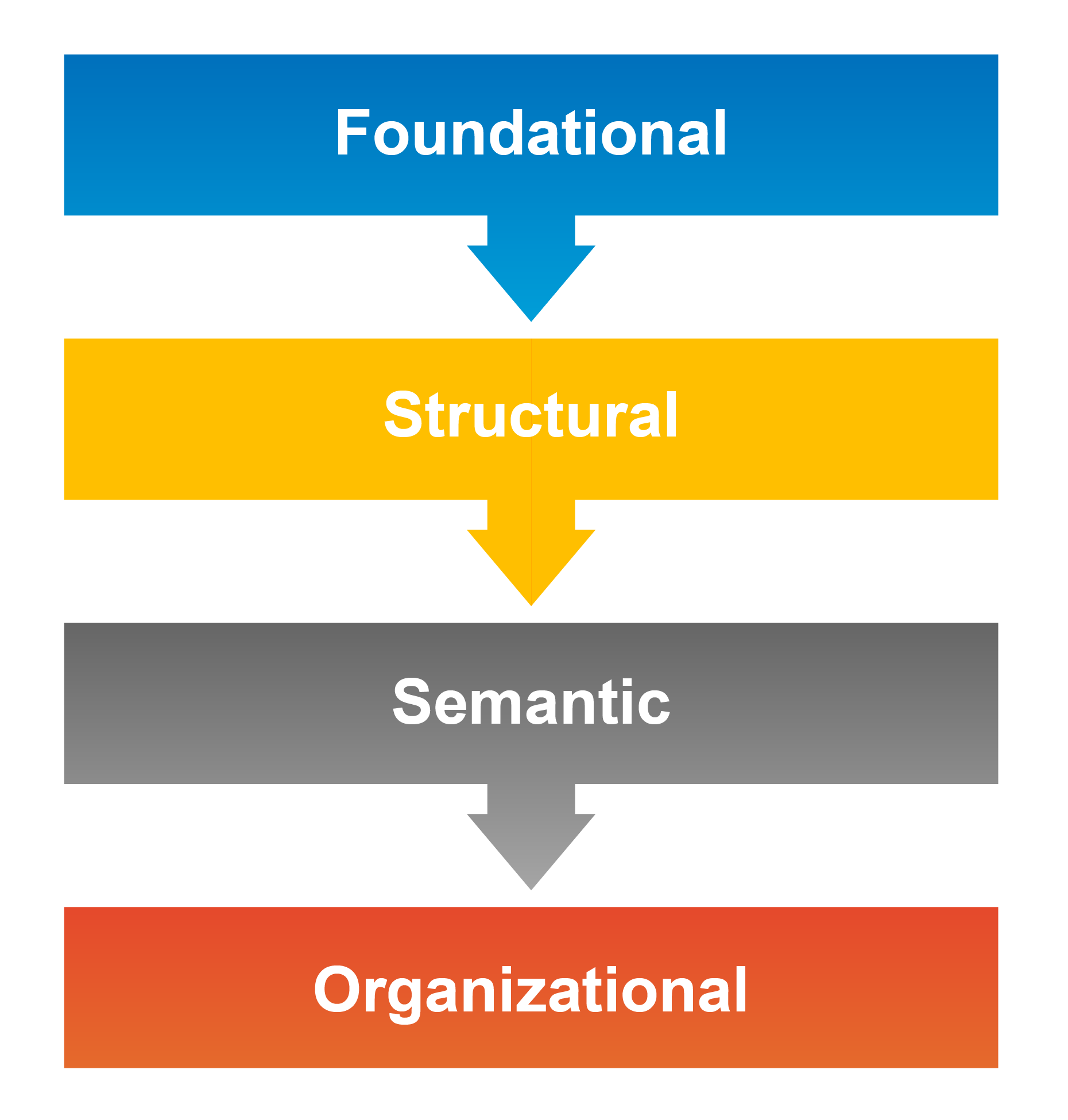1: Functions and Types of Health Information Standards
Interoperability

For reliable communication to happen, systems must be able to communicate with one another and the information that they send needs to be useable on both ends. This is facilitated through the creation of standards that enable system interoperability.
The Healthcare Information and Management Systems Society (HIMSS) defines interoperability as “the ability of different information systems, devices and applications (systems) to access, exchange, integrate and cooperatively use data in a coordinated manner, within and across organizational, regional and national boundaries, to provide timely and seamless portability of information and optimize the health of individuals and populations globally” (from Interoperability in Healthcare | HIMSS) HIMSS describes four levels of interoperability.
Levels of Interoperability
These levels of interoperability correspond to different types of standards.
Health Hero App Example
Before we dive into the standards that make interoperability possible, let’s revisit the work of Dr. Judith Dexheimer, the principal investigator who worked on the Health Hero app that we learned about in the video on foster care (NLM Funding Spotlight | After Foster Care, Empowering Youths with Personal Health Records - YouTube).
Let’s imagine how the levels of interoperability might work in the Health Hero app example:
Dr. Dexheimer’s project and EHR interoperability in general are facilitated using health data standards.